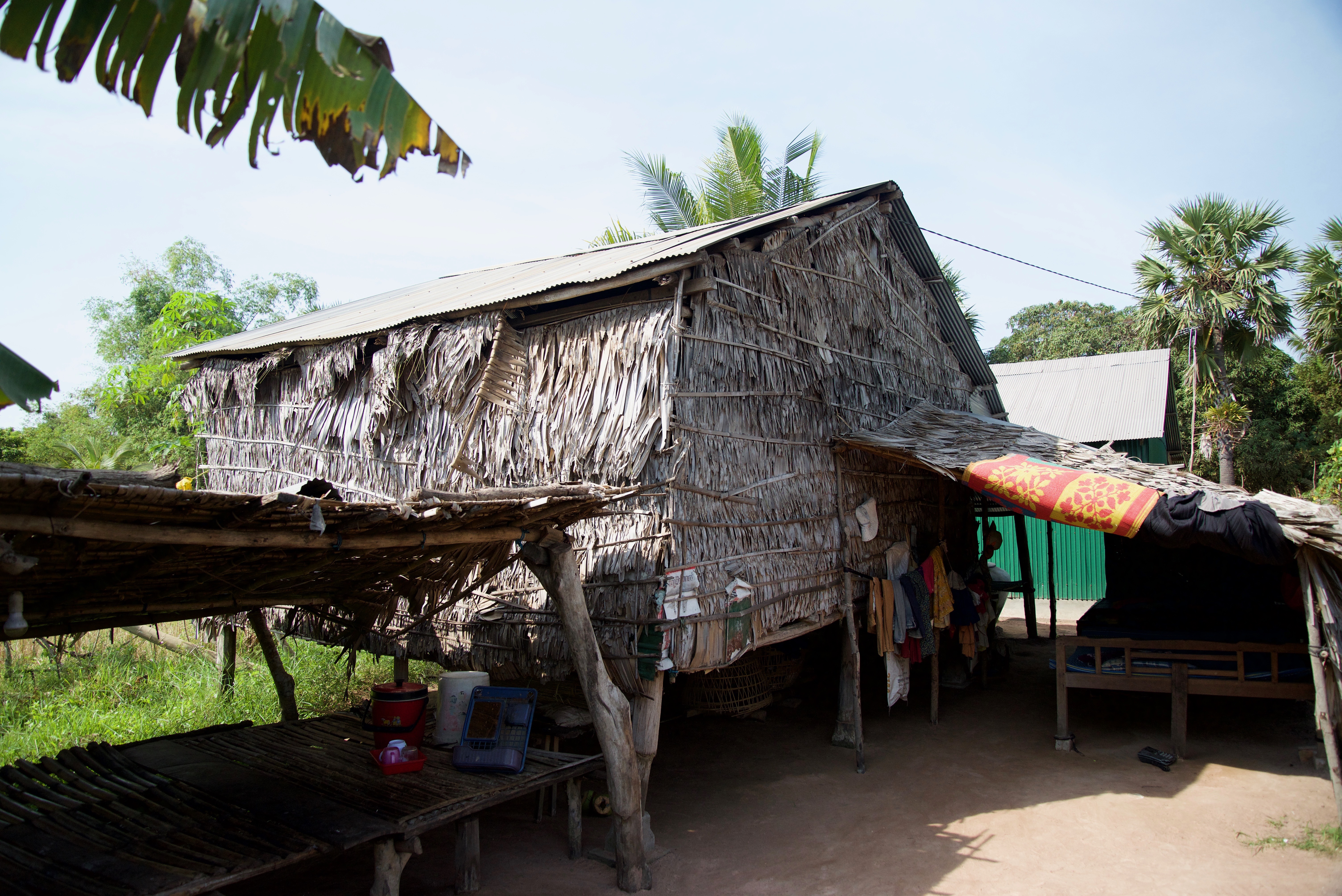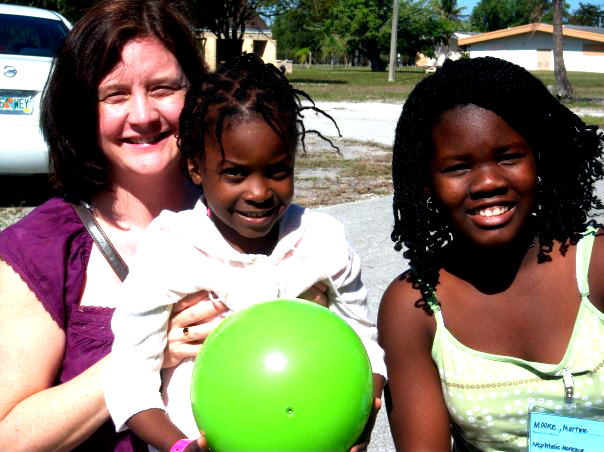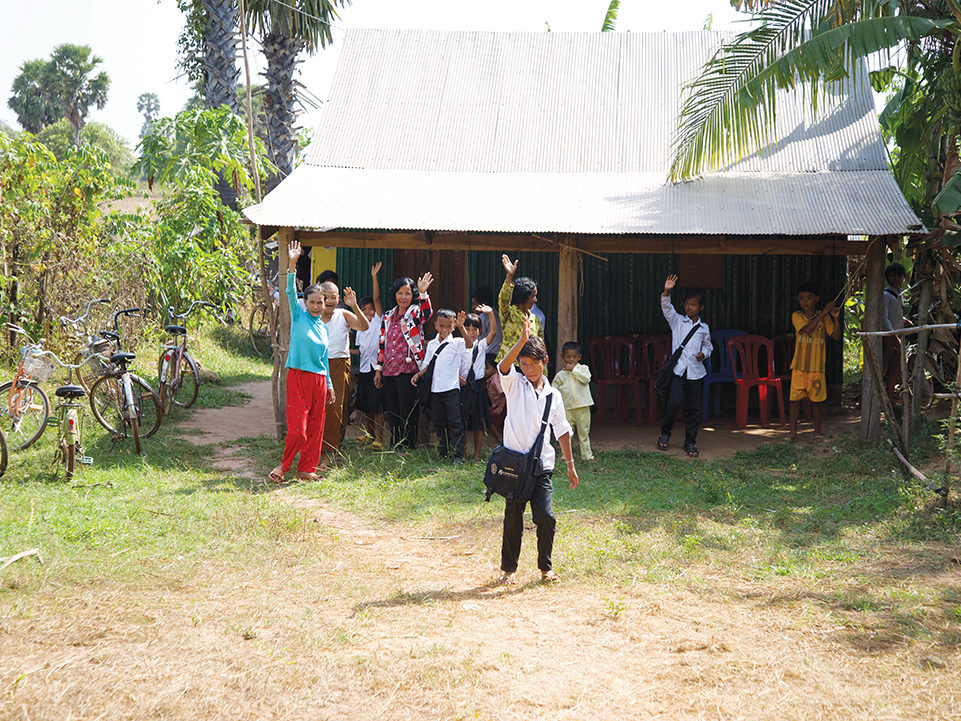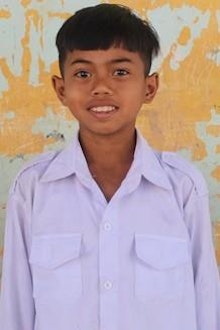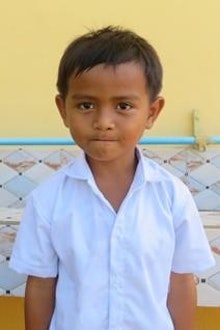In Cambodia, there are many threats to family stability, and when parents or grandparents fall into hardship, they are forced to make difficult decisions about how to ensure their child or grandchild’s basic needs are met. In desperation, many parents will take the last resort — relinquishing their child to orphanage care. But through research and community collaboration funded by Save the Children, USAID and GHR Foundation grants, Holt hopes to create a model of services that keeps children out of institutions and with their families.
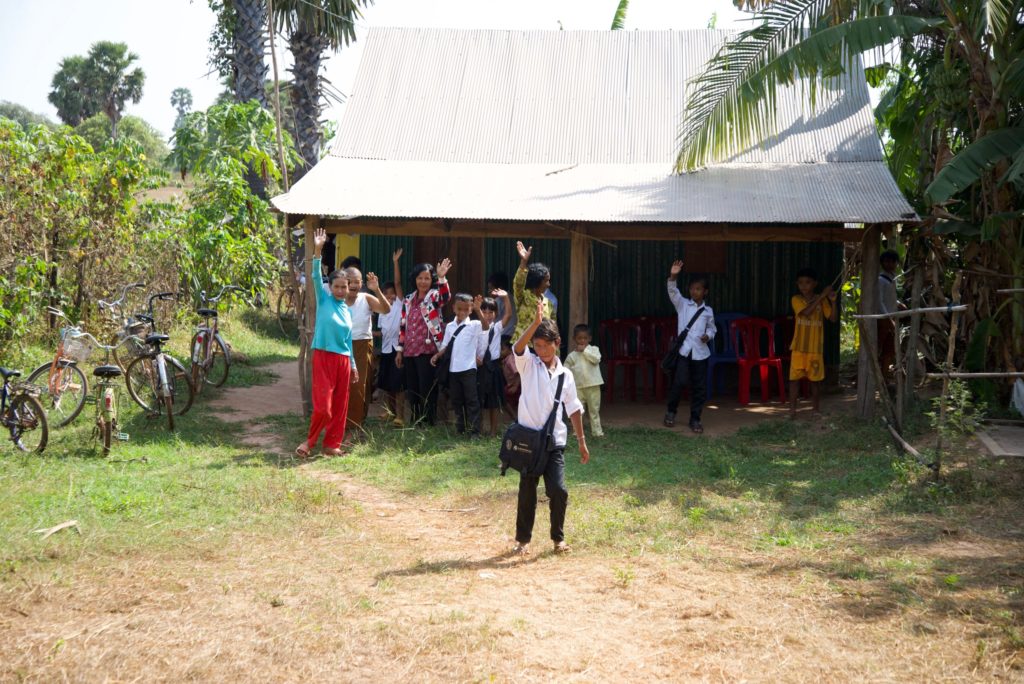
Last January, I was sitting under a tin-covered porch on a rough, wooden platform. Red-faced and sweating, I was not cut out for the heavy, exhausting heat of the Cambodian summer.
The shade of Sinat’s porch was welcome relief. Sinat’s house is a single-room structure, with green tin walls. Unlike many of the homes in rural Cambodia, her home is not built on stilts, which typically protects homes from flooding. For that reason, Sinat and her 15-year-old grandson sometimes sleep in their rice storage room, an additional structure behind the main house, elevated about four feet off the ground on thick, wooden stilts.
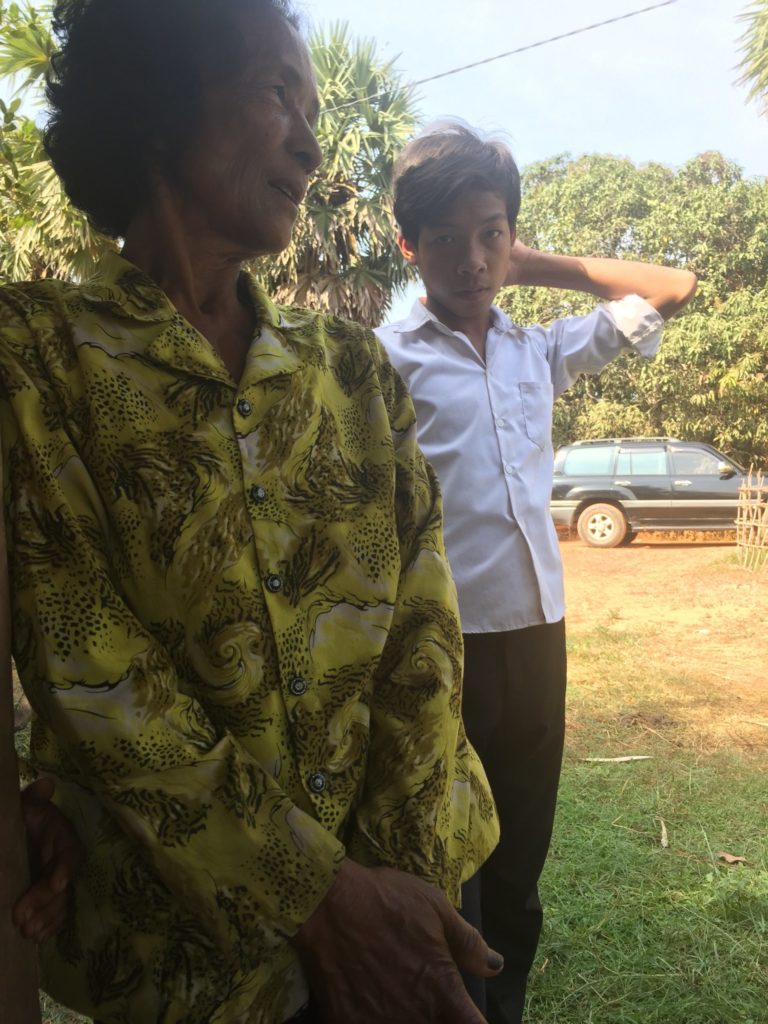
When Holt travels to visit with families, our presence, especially in rural areas, usually draws a crowd. Kids come to see what we are doing in their village. Even adults show up, curious about the foreigners.
My visit to Sinat’s house was no different. A group of children hung around, excited to take selfies on my cell phone. Sinat’s grandson told me about what sponsorship means to him — the joy he has to remain in school and chase his dreams, gratitude for help with uniforms and supplies and food. Other children in Holt’s program in the region sang songs and told me about their studies. Some local village women asked questions, too, and I asked them questions in return.
But one visitor at Sinat’s house rattled me to my core.
An elderly woman walked through the yard to Sinat’s with a little boy following closely behind. Sinat recognized her and gave her a warm wave. She was kind and gentle, and laughed with amazement when I took her photo and flipped my phone around to show her the image on the screen. Her grandson, maybe 4 or 5 years old, was surprisingly gregarious and outgoing. Cambodian children tend to be very quiet and polite, but this little boy acted like an average American child. He laughed and bounced and held my arm.
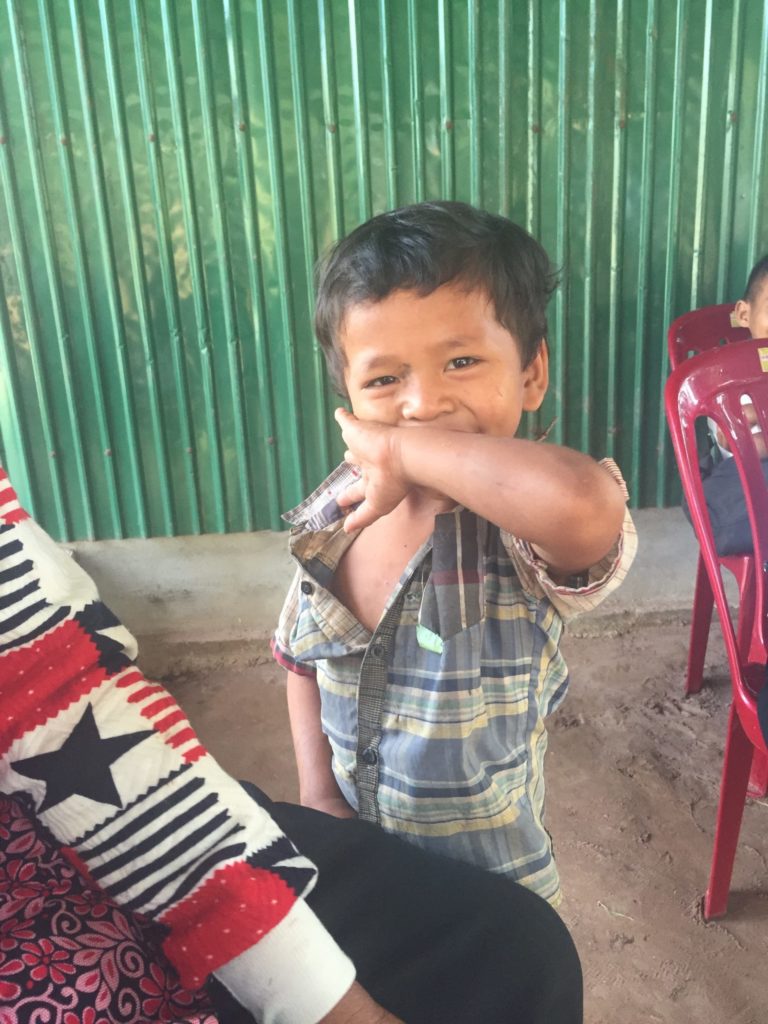
I turned to our director of programs, Kosal, and asked if he attended our preschool in the region.
No, Kosal responded. This woman’s husband just died, she says, looking at the grandmother. And the child’s mother lives far, far away for work. The grandmother brought her grandson here to see if we could take him with us — somewhere he could receive better care.
If not, the grandmother feared she would have to send her grandson to an orphanage.
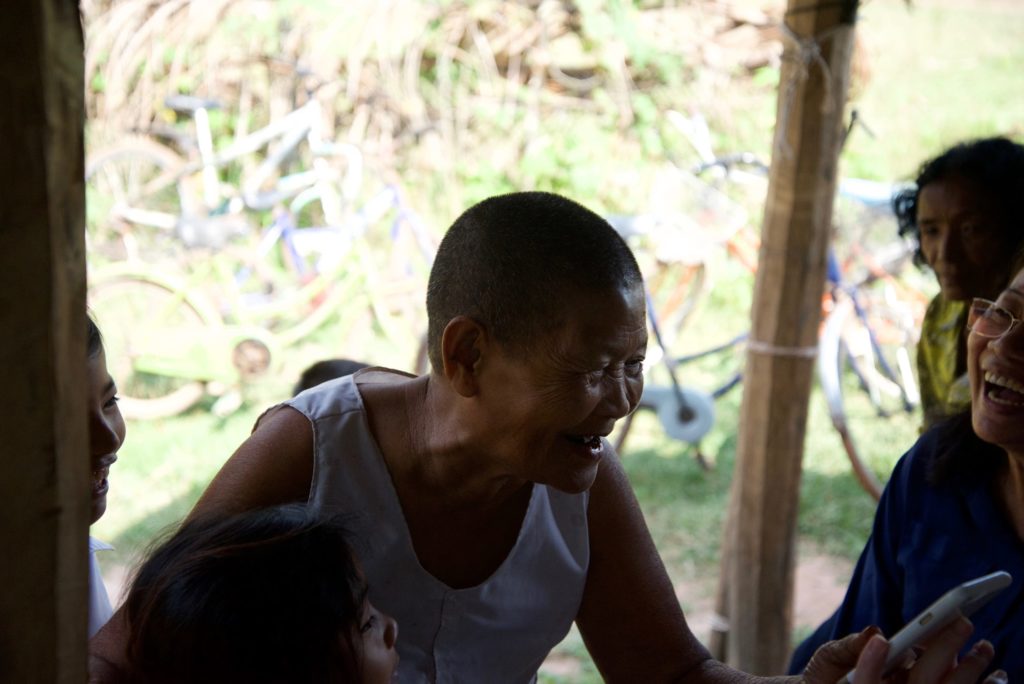
When Americans think of orphanages, they are more likely to think of them as places of shelter and care for children who have lost their families.
In some places, this is true. The reality is, however, that in many countries, like Cambodia, the children living in orphanages are not there because they have no living relatives.
Indeed, many Cambodian children in orphanage care have living parents, a grandparent or other extended family.
What they don’t have is enough to eat, medicine to treat short- or long-term illnesses or the chance to go to school.
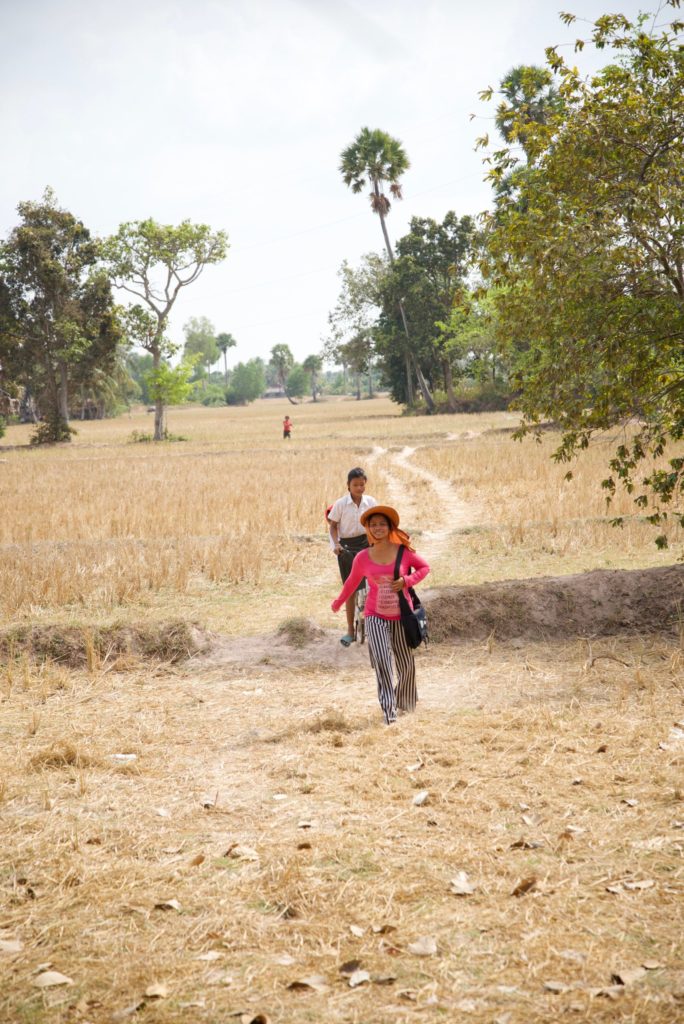
In Cambodia, poverty is pervasive and many families struggle to provide regular meals for their children. Shortages of food and medicine are common. Drought regularly kills crops and livestock, destroying subsistence farmers’ livelihoods. The national school system is weak. The economy abysmal. And like the bouncy 4-year-old boy I met last January, many children live with their grandparents while moms and dads migrate to find work, sometimes out of contact for months.
There are few safety nets for children and adults alike.
But, there are orphanages.
In Cambodia, nearly all orphanages are state-run institutions, meaning the government provides the funding to care for the children. At a minimum, children are fed, receive some basic medical care and attend school, if they are old enough.
For parents or grandparents who are raising children in rural Cambodia, it’s easy to see how the combination of poverty, natural hardships and lack of economic opportunity could make people desperate enough to relinquish their child or grandchild to orphanage care.
For parents or grandparents who are raising children in rural Cambodia, it’s easy to see how the combination of poverty, natural hardships and lack of economic opportunity could make people desperate enough to relinquish their child or grandchild to orphanage care.
They know that at least he or she will not die from hunger or preventable illness. She’ll go to school. He’ll have a safe, dry bed to sleep in. And, most families assume, they will be able to see their child again soon.
These are the kinds of decisions that no parent should have to make and a reality that no child should ever have to endure.
Around the world, there are “good” orphanages and bad ones, but no orphanage replaces the love, protection and individualized support of a family.
That’s why Holt’s newest program in Cambodia is important and unique.
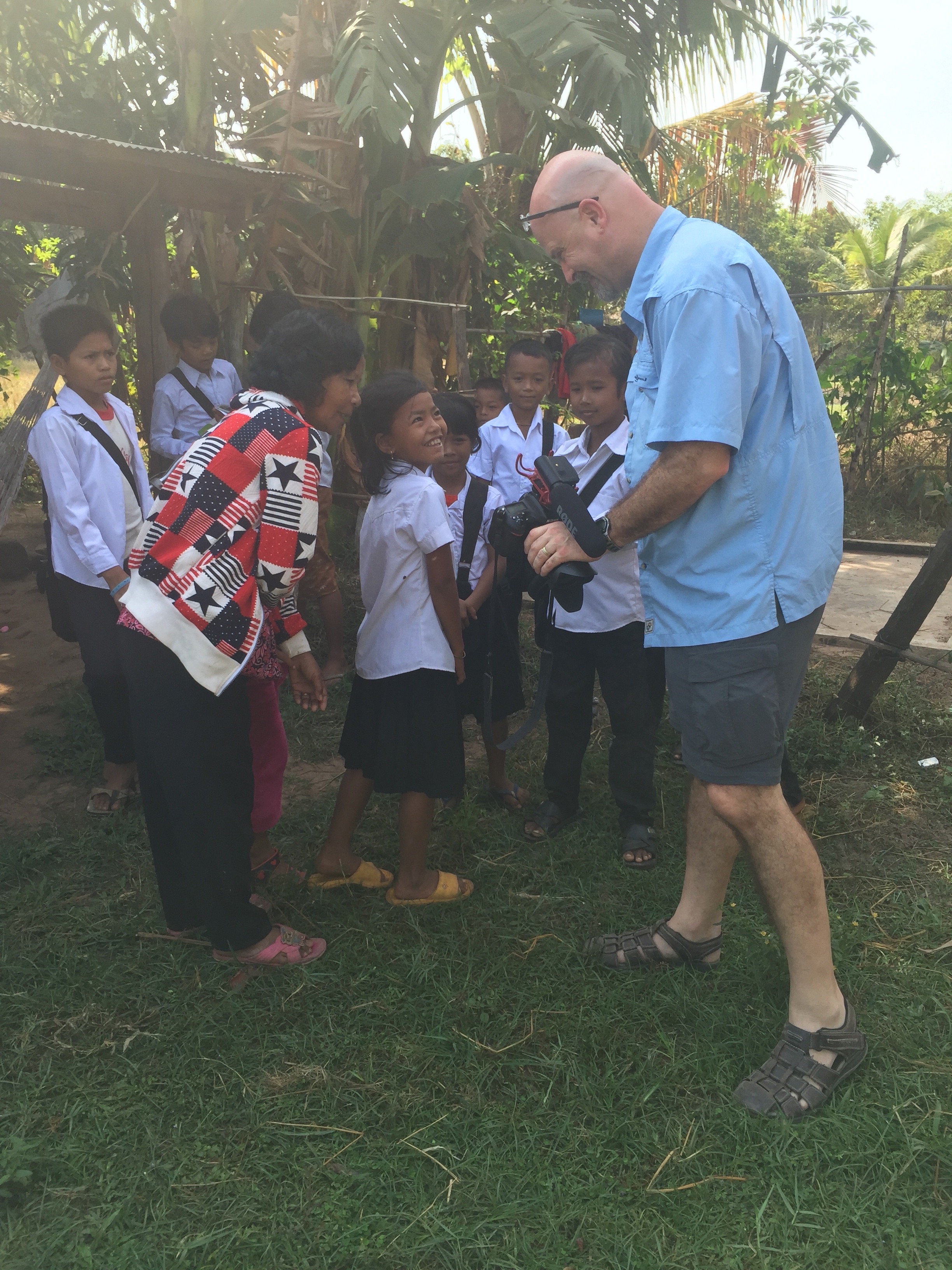
In partnership with the Cambodian government and several leading international aid organizations, we are helping to pilot a model of services to help children living in orphanage care return to their families — and ensure those families have the resources and support that they need to stay together and grow strong and stable over time.
Last January, Holt received a generous grant from the GHR Foundation to begin implementing the Building Bridges to Families program in Cambodia’s northwest Battambang province, near the border with Thailand. With this grant, Holt is working with an orphanage to build their social work capacity and help them find the families of children living in orphanage care. Together with local orphanage staff, we can then prepare individualized plans to help each child permanently reunite with his or her family
Few orphanages in Cambodia have proper systems in place to ensure that when a child enters their care, they collect adequate information about the child — why they are entering care, where they are from and other family background information.
Thoa Bui, Holt’s senior executive of programs in Cambodia, says that this kind of “case management” may seem basic and bureaucratic, but it’s essential for children to reunite with their families.
“If we want to reunify children, we have to understand who they are and where they come from. It seems simple in theory, but in practice, it’s very complicated for orphanages.”
Thoa Bui
“If we want to reunify children, we have to understand who they are and where they come from,” Thoa explains. “It seems simple in theory, but in practice, it’s very complicated for orphanages.”
With the Building Bridges to Families grant, Holt is helping orphanages and government officials learn how to keep proper files of information on every child in their care. Holt social workers are also collaborating with orphanage staff and local authorities to investigate the backgrounds of children in the care of our partnering orphanages.
So far, one child will soon reunite with their family, while four others have been identified as having living relatives.
But, as always, the key to ensuring no child is raised in an orphanage is to prevent child abandonment from happening to begin with.
To that end, Holt has also started a family preservation program in Battambang — providing the tools and resources to help families build the strength and self-reliance they need to independently care for their children. Some of the families in the program are families who are soon to reunite with their child, and who need to regain stability. This step has proven challenging, as the need in Battambang province — and throughout Cambodia — is tremendous.
Thoa visited four families in Battambang in July, and she says their level of need is among the greatest she has ever seen.
“These families often have multiple things going on,” Thoa says, “One dad I met has HIV. Between he and his wife, they only had one income to live on, and that income wasn’t permanent. Sometimes neither parent had work. Also, their kids were out of school and their housing conditions were very, very poor. The amount of support they need is much higher than average. Those are a lot of separate needs to help the family work through.”
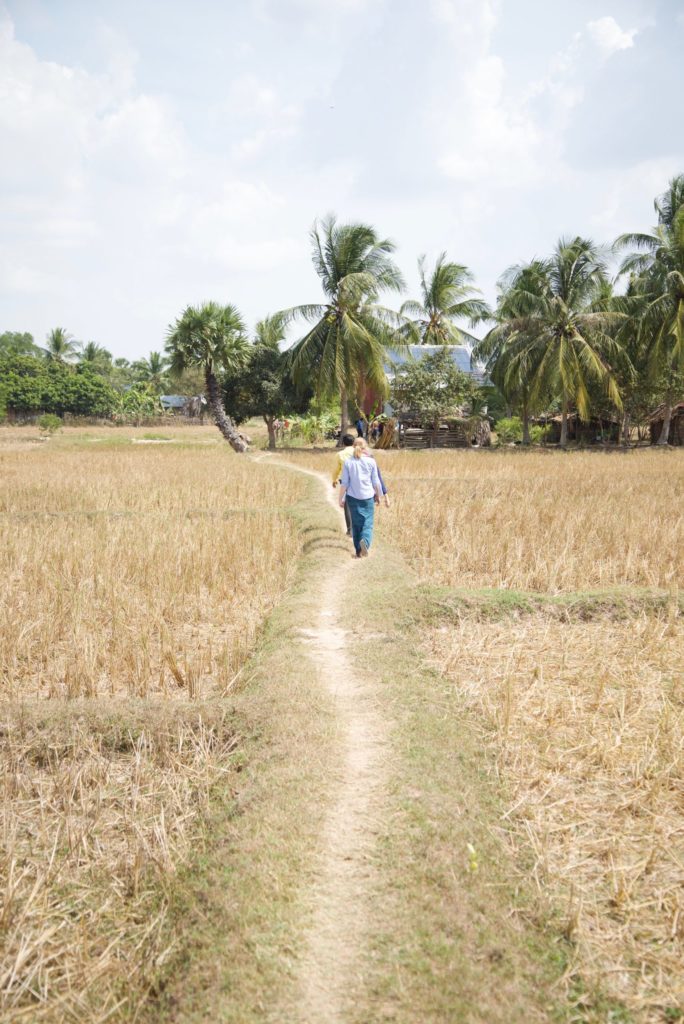
When the Building Bridges to Families program launched last spring, Thoa estimated that 80 children would receive support by April 2017. So far, more than 134 children have been or are currently enrolled in the Building Bridges to Families program.
At Holt International, our model of service to children is centered first and foremost on keeping children with their families whenever possible. That’s why our family strengthening programs are so important. Our on-the-ground staff don’t merely work to help families escape poverty, but instead seek the most vulnerable families in the hardest-to-reach or most underserved regions and create individualized plans and support services to ensure that family receives the holistic help they need to stay together.
And with more than 60 years of orphanage care experience, our latest efforts in Cambodia bring all of our organization’s strengths together to not only help families and children directly, but to also help orphanages, the government and other aid groups do the same kind of work, creating incredible potential for lasting, widespread improvements across the entire country.
In October 2016, Holt received an additional grant from Save the Children and USAID’s Families Are Stronger Together project. With this funding, we will collaborate with research partners and communal government officers to create an index that identifies the level of vulnerability a child or family is facing and also to identify which support programs are most effective at stabilizing vulnerable families. That way, communities will eventually be able to identify families on the verge of separation and prevent children from being abandoned. And they will better understand what kinds of support a family will need to reunite with a child or children they previously relinquished to orphanage care.
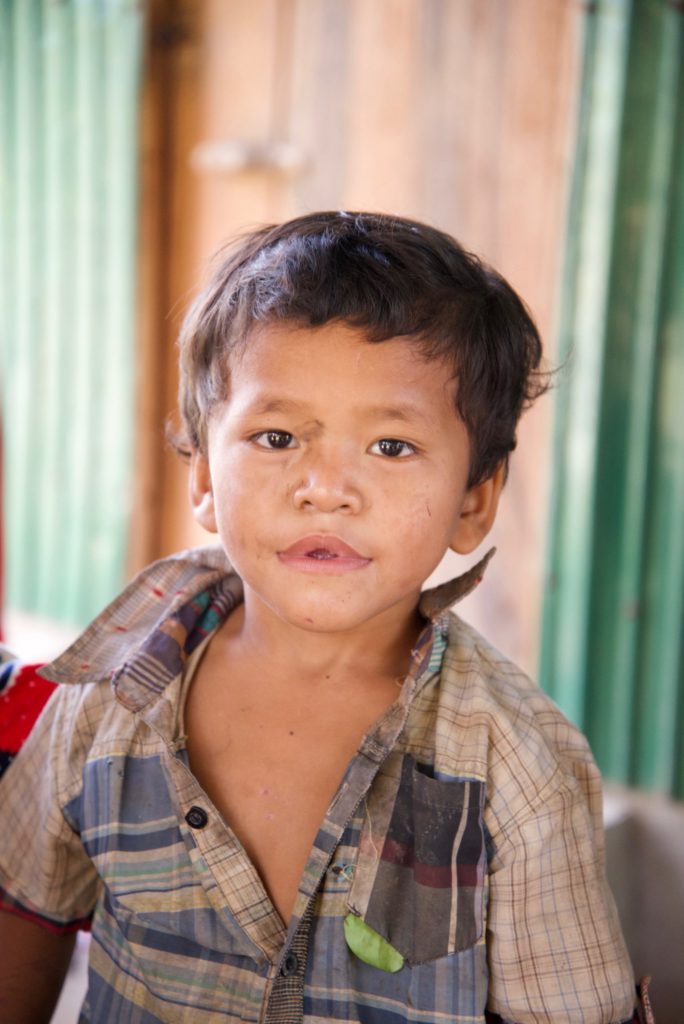
Programs like Building Bridges to Families and the research happening in partnership with Save the Children and USAID are critical to providing families the support that they need to stay together and to ensure that if a child does end up in an orphanage, they return home as quickly and smoothly as possible. And not just where Holt has programs, but in every country, everywhere.
With a relatively small amount of assistance, Sinat has been able to care for her 15-year-old grandson. He is in school, studying. They have regular meals. While life isn’t easy, they are together and they are happy. Every family deserves this stability.
But there are so many children who need the same assistance, like the quirky 4-year-old I met and his sweet, loving grandmother.
Written by Billie Loewen | Former Holt Team Member
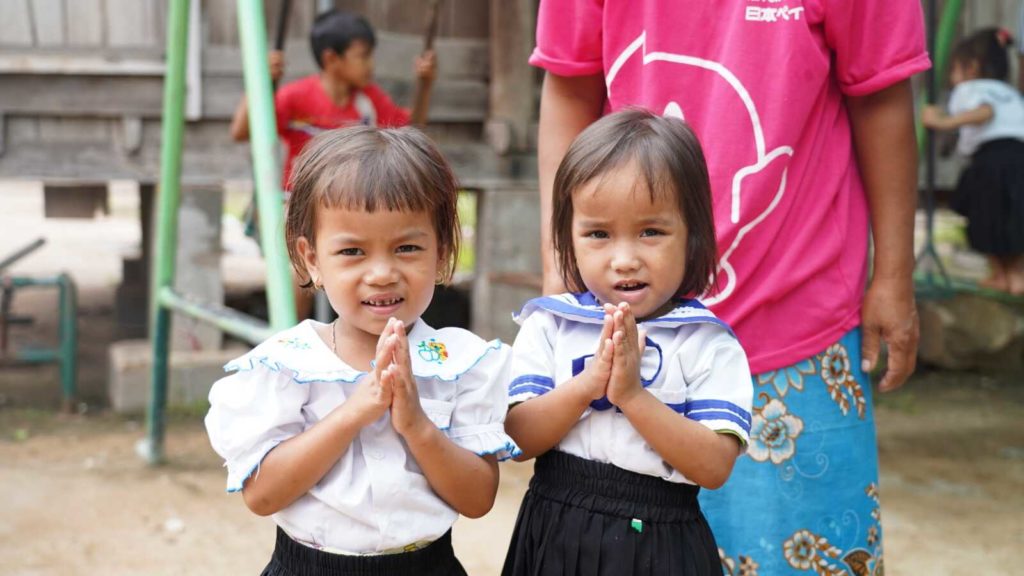
Learn more about Holt’s work in Cambodia!
See how sponsors and donors create a brighter, more hopeful future for children and families in Cambodia!
